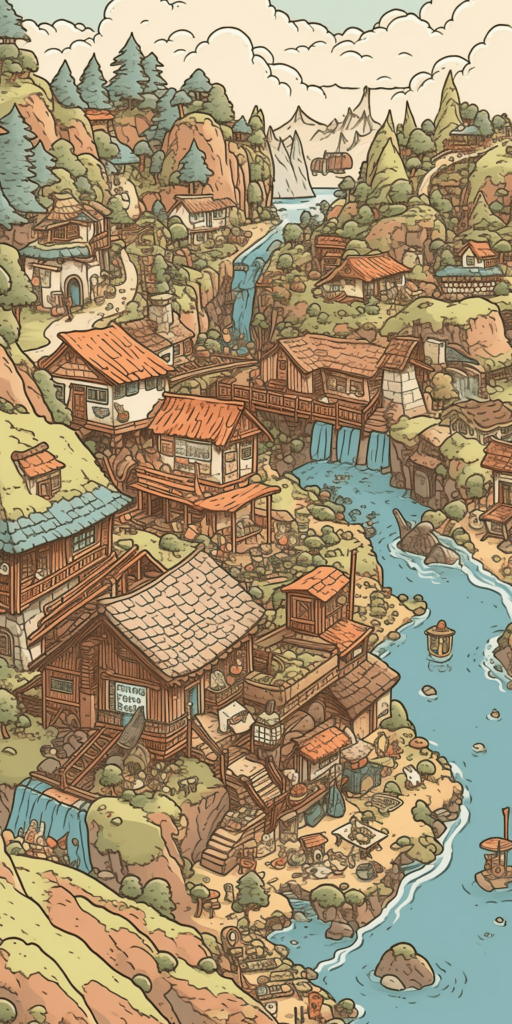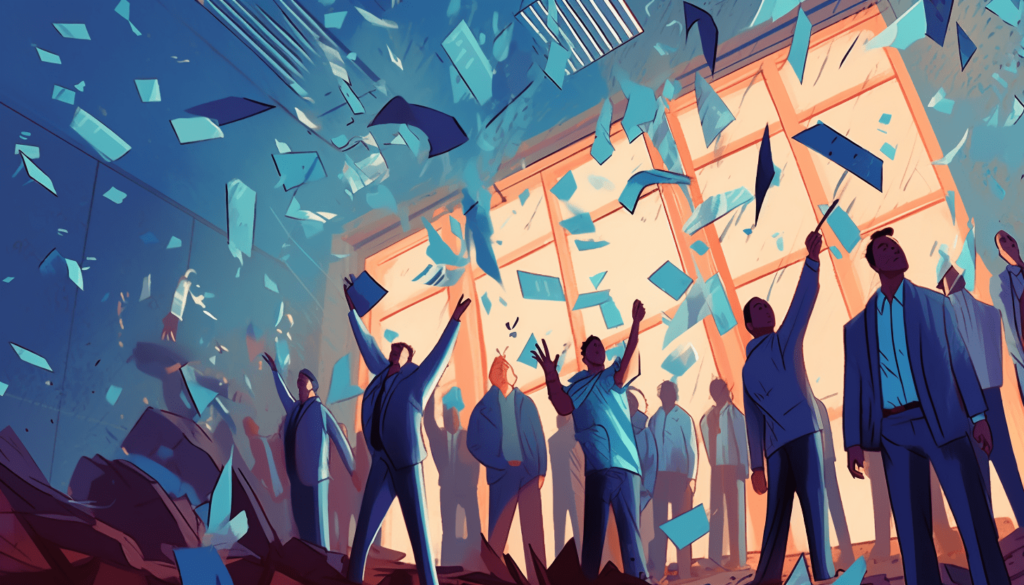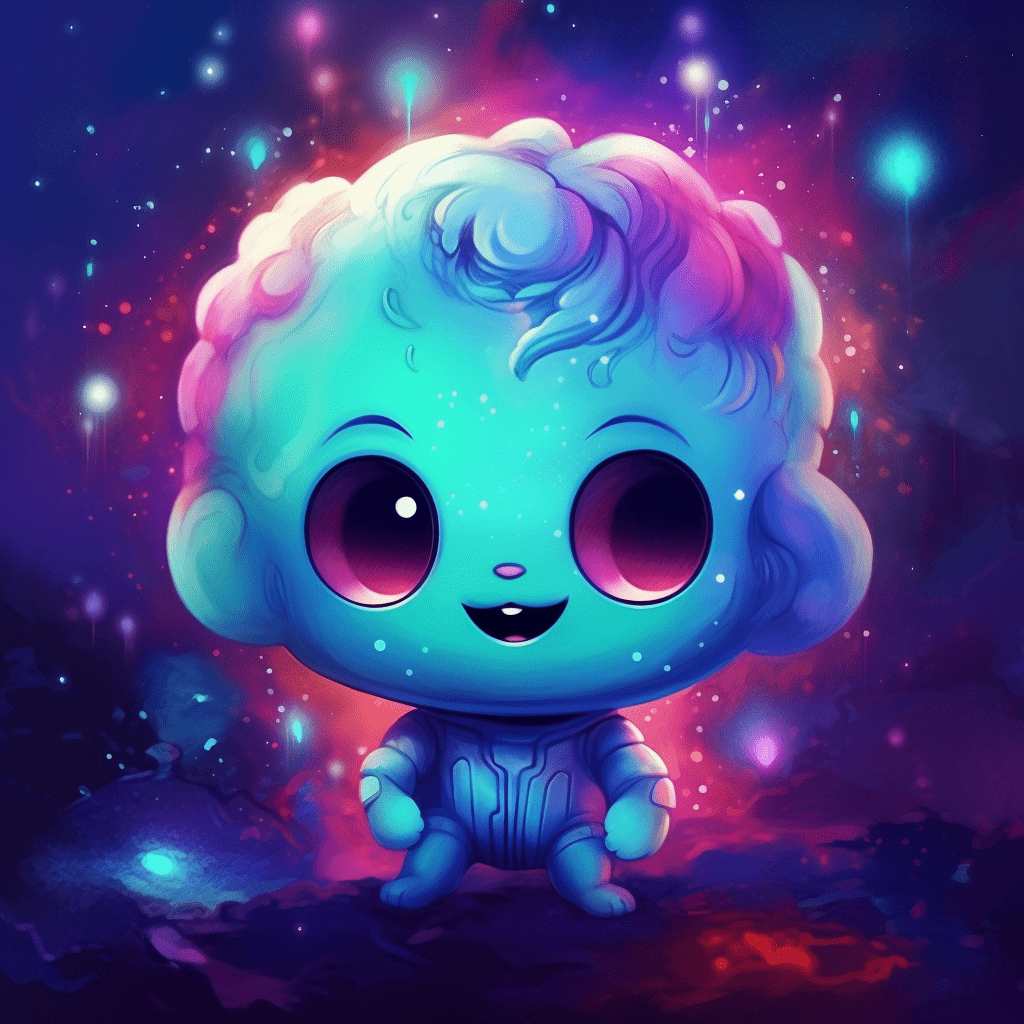The NFT space has exploded in popularity, and with it, a myriad of NFT generator pad tools have emerged to cater to the growing demand from artists and creators. These platforms enable artists to mint, showcase, and sell their digital art in the form of non-fungible tokens (NFTs). In this article, we will compare some popular NFT generator pad tools to help you determine the right platform for your artistic endeavors.

Launchpad
A complete toolbox with everything you need to launch your NFT project! From art generation, custom smart contracts, allowlists and custom mint button embeds – we’ve got you covered.
Rarible
Rarible is a well-known NFT marketplace that also offers an NFT generator pad. It supports both the ERC-721 and ERC-1155 token standards, giving artists the flexibility to create both single and multiple editions of their artwork. Rarible has a user-friendly interface, making it easy for artists to mint their NFTs without any technical knowledge. The platform also has a royalty feature, allowing creators to earn a percentage of future sales. However, the gas fees on Rarible can be high, as it operates on the Ethereum blockchain.
OpenSea
OpenSea is another popular choice for artists looking to create and sell NFTs. As the largest NFT marketplace, it boasts an extensive user base and supports various token standards, including ERC-721 and ERC-1155. OpenSea’s NFT generator pad is easy to use, enabling artists to mint NFTs with customizable properties and metadata. Additionally, OpenSea offers a convenient royalty system and integrates with various wallets for seamless transactions. However, like Rarible, OpenSea also suffers from high gas fees due to its reliance on the Ethereum blockchain.
Mintable
Mintable is an NFT generator pad and marketplace that aims to make NFT creation more accessible. It supports both ERC-721 and ERC-1155 token standards and offers an intuitive minting process. One of Mintable’s standout features is its gasless minting option, which allows creators to mint NFTs without incurring any gas fees. Instead, the buyer pays the gas fees when purchasing the NFT. Mintable also supports royalties and provides a range of tools for managing NFT collections. However, the platform’s user base is not as extensive as some of its competitors.
NiftyKit

NiftyKit is a specialized NFT generator pad designed for artists and creators. It provides a simple and straightforward interface for minting NFTs, with support for ERC-721 tokens. NiftyKit offers custom smart contracts, enabling artists to set their own royalties and secondary sales fees. The platform also has a unique feature called “ChainGuard,” which reduces gas fees by batching multiple NFTs together. However, NiftyKit’s marketplace is less developed compared to other platforms, which may limit exposure and sales opportunities for artists.
Foundation
Foundation is an NFT marketplace and generator pad that focuses on curating high-quality digital art. The platform operates on an invite-only basis, creating an exclusive community of artists and collectors. Foundation supports the ERC-721 token standard and offers a streamlined minting process, with a clean and minimalist interface. Artists can set their own royalties, and the platform provides comprehensive sales analytics. However, the invite-only nature of the platform may make it difficult for some artists to gain access.
Choosing the right NFT generator pad for your needs
When selecting an NFT generator pad, consider the following factors:
- Ease of use: Look for a platform with a user-friendly interface and a straightforward minting process.
- Token standards: Ensure the platform supports the token standard you need, whether it’s ERC-721 or ERC-1155.
- Fees: Be aware of any gas fees or platform fees associated with minting and selling your NFTs. Some platforms offer features that help reduce fees, such as gasless minting or batch transactions.
- Royalties: Choose a platform that allows you to set your own royalties, ensuring you receive a percentage of future sales.
- Exposure: Consider the size and reputation of the platform’s user base, as this can affect your NFT’s visibility and potential sales.
- Integration: Look for a platform that integrates seamlessly with popular crypto wallets and other tools for a smooth user experience.
Final thoughts on selecting an NFT generator pad

The world of NFTs is constantly evolving, and choosing the right NFT generator pad can make all the difference in your artistic journey. Take the time to evaluate your options, and consider the factors mentioned above to find a platform that aligns with your needs and goals. With the right tools, you’ll be well on your way to creating and selling unique, valuable NFTs in the ever-growing digital art space.
